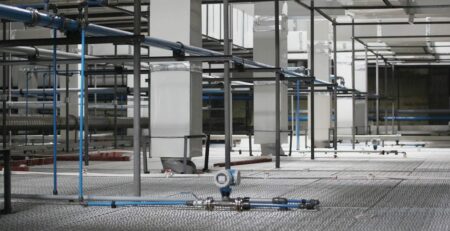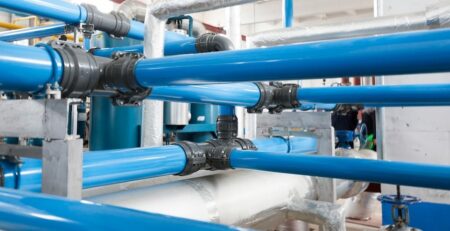2 Causes of Compressed Air Leaks
Leaks can create several costly problems, including wasting 20 to 30 percent of a compressor’s output. The annual cost of wasted energy can range from $523 for a 1/16″ leak to $8,382 for a 1/4″ leak. When you multiply those figures by the number of couplings in a system, then by the number of systems in operation, the losses increase quickly and substantially.
While leakage can come from any part of the system, the most common problem areas are the connection points. The considerable consequences of having leaks in a compressed air system underline the importance of using the most reliable and effective compression fittings and couplings available.
1. Incorrect installation
When an installation error occurs, reworking the system is a time-consuming, labor-intensive process that requires several steps, from diagnosing the problem to de-pressurizing the entire system.
2. Additional Sealing Points
In any flare-less instrumentation compression fitting, there must be at least two metal-to-metal seal points because of the introduction of the third part, the ferrule. With aluminum pipe and products made by AIRpipe a flared system is utilized will then seat against the tapered end of the male section of the compression fitting, sealing the connection.
Plants must explore all available compression fitting options to avoid consequences such as compensating for wasted compressed air with additional expenditures or experiencing complete process shutdowns because the compressed air system can’t maintain pressure. Fluid Flow offers both single- and double-ferrule designs to put our industrial manufacturing customers in a position where they can get optimum performance and productivity from their compressed air systems.









